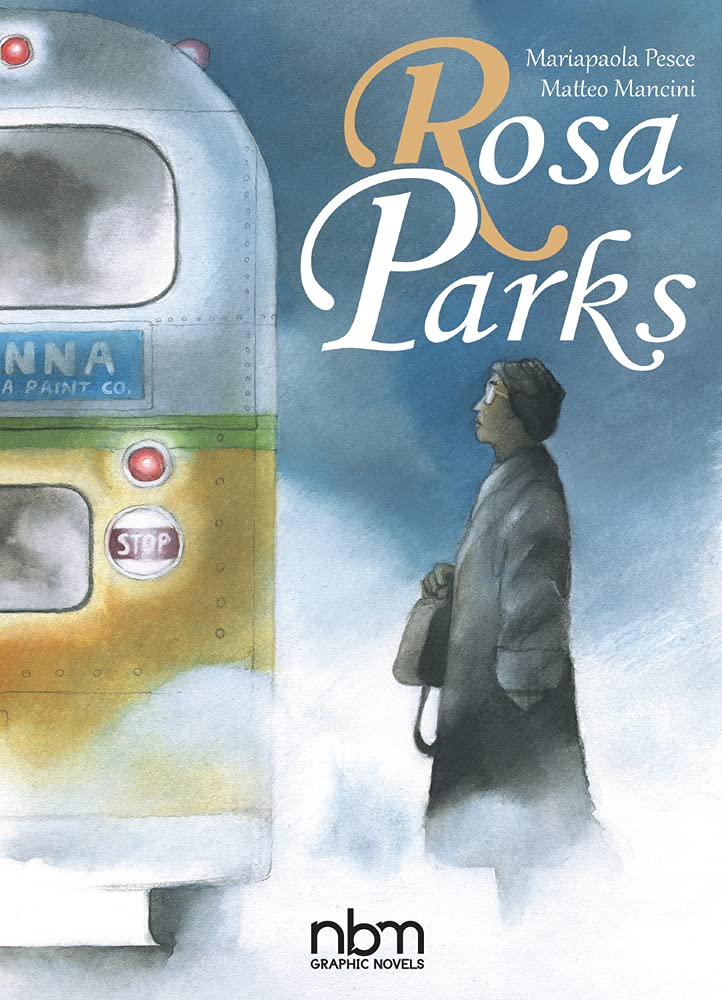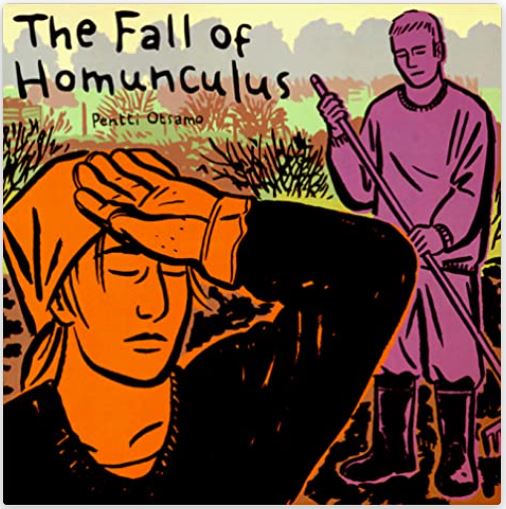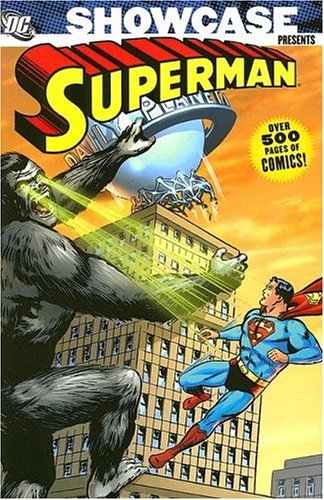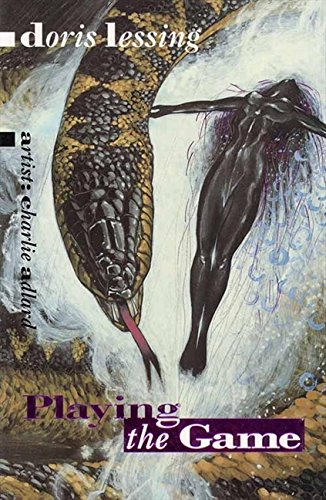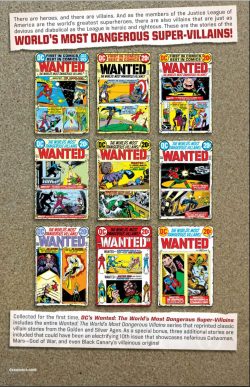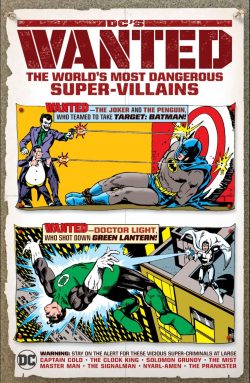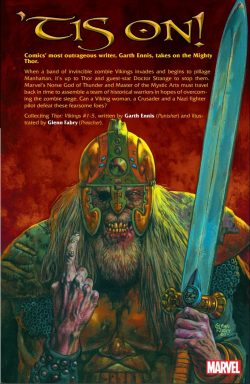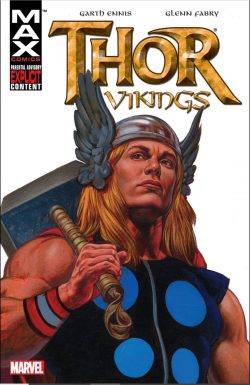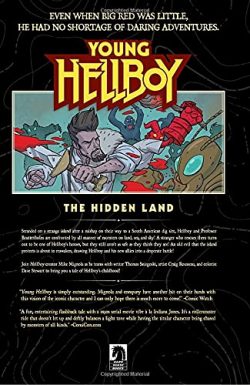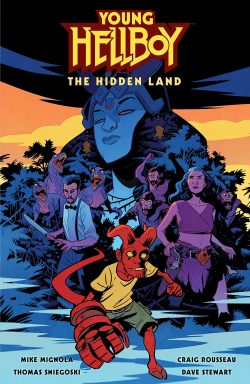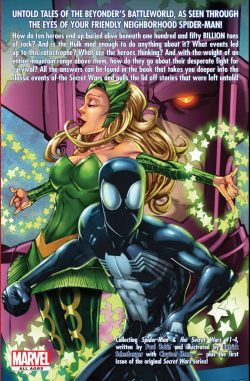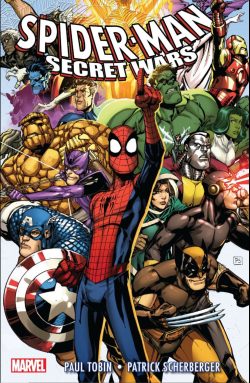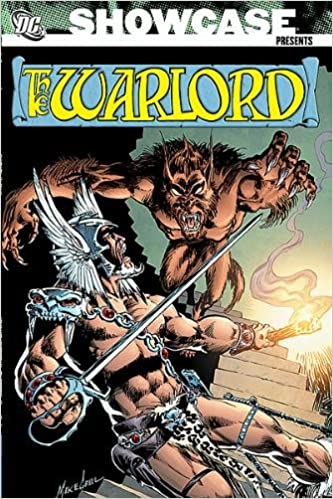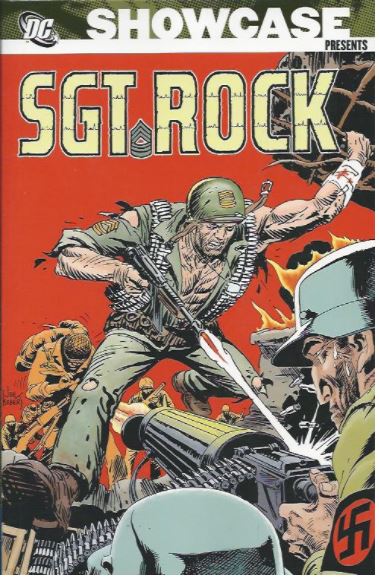
By Robert Kanigher, Joe Kubert, Russ Heath & various (DC Comics)
ISBN: 978-1-4012-2771-5 (TPB)
In America after the demise of EC Comics in the mid-1950’s and prior to the game-changing Blazing Combat, the only certain place to find controversial, challenging and entertaining American war comics was at DC.
In fact, even whilst Archie Goodwin’s stunning but tragically mis-marketed quartet of classics were waking up a generation, the home of Flash, Green Arrow and the Justice League of America was a veritable cornucopia of gritty, intriguing and beautifully illustrated battle tales presenting combat on a variety of fronts and from differing points of view.
Whilst the Vietnam War escalated, 1960s America increasingly endured a Homefront death-struggle pitting deeply-ingrained Establishment social attitudes against a youth-oriented generation with a radical new sensibility. In response DC’s (or rather National Periodical Publishing, as it then was) military-themed comicbooks became even more bold and innovative…
Sgt Rock and the “combat-happy Joes†of Easy Company are one of the great and enduring creations of the American comic book industry. The gritty meta-realism of Robert Kanigher’s ordinary guys in a constant welter of life-or-death situations captured the imaginations of generations of readers, young and old.
So pervasive is this icon of comics combat that’s it’s hard to grasp that Rock is not an immortal industry prototype like Superman, Batman and Wonder Woman – with us since the earliest moments of the industry – but is in fact a late addition to and child of the Silver Age of Comics: debuting as just another Kanigher & Joe Kubert tale in war anthology G.I. Combat (#68, January 1959).
The archetypal and ideal sergeant was an anonymous boxer who wasn’t particularly skilled but simply refused to be beaten, absorbing any and all punishment dealt out to him. When ‘The Rock!’ enlisted, that same Horatian quality attained mythic proportions as he held back an overwhelming Nazi attack by sheer grit and determination, remaining bloody but unbowed on a field littered with dead and broken men. The tale inspired an instant sequel or two before, in Our Army at War #83 (June 1959), the mythmaking truly began…
This third monumental military milestone collects in chronological publishing order and stark, stunning monochrome more of the groundbreaking classics which made Rock a comics legend. These grim and gritty, epically poetic war stories were taken from the still-anthological Our Army at War #149-180 (bracketing December 1964 to May 1967), a period when American comics were undergoing a spectacular renaissance in style, theme and quality even as the Vietnam war took over the nation’s consciousness and conscience.
They are also still criminally unavailable in modern colour and/or digital editions…
Scripted throughout by Writer/Editor Kanigher and illustrated primarily by Kubert, the terse episodes herein begin with ‘Surrender Ticket!’ as the German High Command randomly pick an American Company to endure unrelenting pressure until they crack, thereby proving Nazi superiority. They really should have picked again after selecting Easy Company…
In ‘Flytrap Hill!’, Rock is forced to request a retreat before instead leading his brutalised men to unlikely victory. They all found fresh inspiration through the example of a messenger who gave his life to reach them…
‘War Party!’ then sees the Sarge undertaking a trial organised by Little Sure Shot to become an “honorary Apache Indianâ€, with the always-advancing Germans inadvertently spoiling his chances at every turn.
OAAW #152 is a full-length yarn in which a shipment of green replacements find themselves frozen under fire, until Rock recounts the tales of Ziggy and Hopeless, who found courage with their final breaths in ‘Last Man – Last Shot!’ This narrative device of incorporating brief past-action episodes into a baptism of fire scenario played over and over again in Sgt. Rock but never got old.
‘Easy’s Last Stand!’ saw the stony serviceman battling alone in the mistaken belief he was the only one left alive, whilst ‘Boobytrap Mascot’ found Easy accompanying boy soldier Andre Lune in search of hidden artillery emplacements as the lad tried to live up to – and die for – the pressure of generations of warrior ancestors who gave their lives for France…
‘No Stripes for Me!’ found the non-com in the middle of a family feud as a valiant GI continually refuses well-earned battlefield promotions his father – the General – keeps foisting upon him, after which a bumbling medic deemed unfit for combat fatally proves his worth, saving Easy as ‘The Human Tank Trap!’
The shell-shocked last survivor of an eradicated relief company goes through hell at Rock’s side as the topkick strives to prove that ‘Nothin’s Ever Lost in War!’ before OAAW #158 introduces some insight into the pre-war world of civilian Frank Rock, as well as an antithesis and arch-enemy for Easy’s front man in ‘Iron Major – Rock Sergeant!’
With the American captured, tortured and used as bait in a blizzard by a steel-handed master strategist, it takes sheer guts and unflinching to save Easy from a deadly ambush…
Wounded in combat, hunted by a German kill-team and guided by the sister of a nurse he feels responsible for killing, Rock becomes ‘The Blind Gun!’ before recovering his sight and finding a measure of solace in groundbreaking epic ‘What’s the Colour of Your Blood?’
Here black G.I. – it’s a comic book making a point about a crucial point in modern US history: please ignore the appalling and sordid truth about US Army segregation during WWII – and former boxer Jackie Johnson is forced to bare-knuckle battle the racist Aryan prize-fighter he trounced in the years before the war.
Of course, if he raises his hands to defend himself in this impromptu rematch, Storm Trooper Uhlan‘s comrades will shoot Jackie’s Easy Co. buddies… until the right word from Rock changes all the odds…
An over-eager replacement almost dies to prove he’s not a coward like his court-martialled brother in ‘Dead End for a Dog Face!’ before ‘The Prince and the Sergeant!’ revives an old DC star for a truly bizarre team-up.
When superheroes were in decline during the 1950s, comicbook companies sought different types of action hero. In 1955 Kanigher devised traditional adventure comic The Brave and the Bold which featured historical strips and stalwarts such as Golden Gladiator, Robin Hood and Silent Knight. Already legendary, Joe Kubert drew the fantastic exploits of a dynamic Norseman dubbed the Viking Prince.
He appeared in nearly every issue, eventually monopolising Brave and the Bold entirely, until the resurgent superhero boom saw the comic retooled as a try-out title with the 25th issue. Before that, however, those fanciful Scandi-sagas were among some of the finest adventure comics of all time (and they’re still too long overdue for a definitive collection of their own).
In Our Army at War #162, Easy Company are sent to Norway on a proverbial suicide mission and subsequently separated under fire. Taking cover in a cave, Rock discovers a warrior frozen in ice moments before an explosion shatters the frigid tomb. Soon the revived Prince Jon is slicing his way through the modern “Hunsâ€, determined to sell his life dearly.
Before his entombment, he had fallen in love with a Valkyrie and had to die gloriously in battle to reunite with her in Valhalla. Of course, offended Odin had stacked the odds and decreed no mortal weapon could now harm him…
Despite his best efforts, Jon and Rock kept winning and so the saga continued in the next issue as the doughty comrades complete the suicide mission with the Viking crying ‘Kill Me – Kill Me!’… until a seeming martial miracle occurred…
Our Army at War #164 was an 80-page Giant reprint issue (not included here) and #165 heralded the ‘Return of the Iron Major!’ with the Nazi Superman back from the dead and seeking revenge, only to find Rock kissing his former fiancée Contessa Helga von Hohenschlag-Lowenburg…
That results in another brutal death-duel after which ‘Half a Sergeant!’ saw the indomitable human force-of-nature suffer a crack-up, until an inconsolable loss on the battlefield shocks him back to normal, after which ‘Kill One – Save One!’extends the psycho-dramas as Rock shoots a sniper and discovers he’s killed a child. The guilt cripples him so completely he can’t raise a hand against the boy’s even younger comrade who takes the topkick prisoner…
An element of supernatural mystery flavoured ‘I Knew the Unknown Soldier!’ in Our Army at War #168, as Rock proudly recalls an enigmatic G.I. who repeatedly saved and inspired Easy to overcome impossible odds. This short yarn would be the genesis of future combat superstar The Unknown Soldier…
Again blinded in battle, Rock unwittingly treks across the African desert towards German lines with an American-educated ‘Nazi on My Back!’ in #169 but is back in Europe for ‘No One Comes Down Alive from – Buzzard Bait Hill!’: dealing with a shell-shocked veteran who had been reliving the war since the last time Germans invaded France.
War’s insanity was a recurring theme and in ‘The Sergeant Must Die!’ Easy had to steal a relic of huge symbolic importance from a mediaeval castle defended by a deranged Nazi who believed himself the reincarnation of legendary Hun Barbarosa. A perilous stalemate is only broken by vicious single combat; a situation echoed in ‘A Slug for a Sergeant!’ as Russ Heath slowly began to take over illuminating Rock’s sorties.
German Sgt. Schlum is every inch Rock’s equal and when the hostage American chooses to duel his counterpart rather than betray Easy into ambush, the outcome is anything but certain…
Our Army at War #173 was another reprint – also omitted here – and Kubert returned in #174 as ‘One Kill Too Many!’sees the Sarge suffer another breakdown and freezing under fire after reliving the moment he shot that child-sniper. His inaction leads to Easy’s medic being killed and the broken soldier gives up fighting to take his place… until the wounded men he treats show Rock where he truly belongs…
Heath was back in #175 to deliver the ‘T.N.T. Letter!’ from Rock’s stateside sweetheart Mary which leaves him broken and suicidal until he meets a battlefield gamin who restores his perspective, and Kubert limned the strange saga of Crusher Cole: a beefy replacement who wanted the sergeant’s job and kept crying ‘Give Me Your Stripes!’
Following another 80-Page Giant in #177, ‘Only One Medal for Easy’ (Heath, #178) returned to the series’ picaresque, portmanteau traditions as Rock is given one gong and a Pass to dispense to Easy’s most outstanding combatant. Of course, the medal is passed around the entire company as every time the enemy attacks, a different hero saves the day…
Kubert was back reprising that landmark tale of bigotry and tolerance in OAAW #179 as white supremacist Sharkey joins Easy and makes things tough for the unit’s only black soldier. Even Rock can’t change his attitudes but the trials of war and the patience of a truly noble man finally crush racist views of a soldier who wouldn’t give ‘A Penny for Jackie Johnson!’
Russ Heath ends this cataclysmic comics campaign with another stunning moral quandary as Rock captures a German officer and has to endure unbearable provocation as he escorts his prisoner to base: coming within an inch of breaking all the rules as the cunning monster brags ‘You Can’t Kill a General!’…
Robert Kanigher at his worst was a declarative, heavy-handed and formulaic writer, but when writing his best stuff – as here – his work was imaginative, evocative, iconoclastic and heart-rending. He was a unique reporter and observer of the warrior’s way and the unchanging condition of the dedicated and so very human ordinary foot-slogging G.I. He was also a strident and early advocate of equality and integration.
With superb combat covers from Kubert fronting each episode, this battle-book is a visually vital compendium and a certain delight for any jaded comics fan looking for something more than flash and dazzle. A perfect example of true Shock and Awe; these are stories every comics fan and combat collector should see and one day we’ll have them in the full archival dress and trimmings they deserve…
© 1964-1967, 2010 DC Comics. All Rights Reserved.
